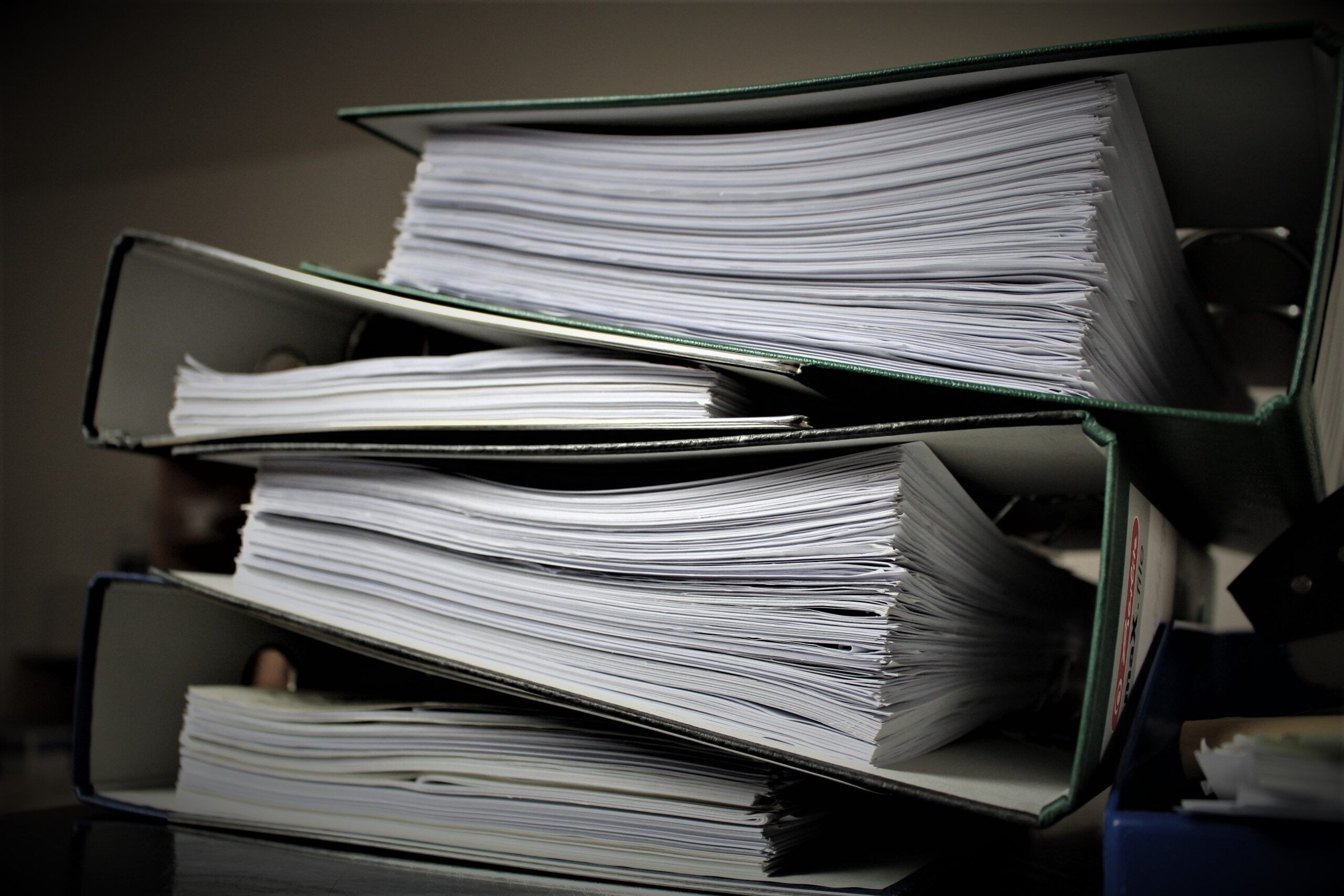If you’re responsible for fundraising with a nonprofit, you need access to fundraising records. This includes knowing who has provided consistent support over the years. And when the organization last had a major fundraising campaign. And who sponsors conferences and events. And who could help solicit major gifts. Maybe you’re new to town and wondering how the organization is perceived by those who can influence local gifts and grants. Finding this information is often impossible, creating a frustrating situation. If this is you, help is on the way. But first, let’s uncover why this happens.
 A reasonable short-term rationale leads to longer-term frustration. There’s a lot that’s taken for granted in the world of nonprofit management and fundraising in specific. This includes file maintenance and information management. These critical activities are the building blocks of organizational infrastructure and institutional memory. They can make or break a nonprofit over time. We are talking about things such as keeping up-to-date information on donors, prospective funders, board members, staff and volunteers. Data management and paper files, including how and where electronic files are stored: are they on a server; an individual’s personal computers; backed up to the cloud? Are they randomly named and saved to inconsistent folders or directories? This is work that too many people consider “low priority.” But it is the backbone of being able to function and grow, now and in future.
A reasonable short-term rationale leads to longer-term frustration. There’s a lot that’s taken for granted in the world of nonprofit management and fundraising in specific. This includes file maintenance and information management. These critical activities are the building blocks of organizational infrastructure and institutional memory. They can make or break a nonprofit over time. We are talking about things such as keeping up-to-date information on donors, prospective funders, board members, staff and volunteers. Data management and paper files, including how and where electronic files are stored: are they on a server; an individual’s personal computers; backed up to the cloud? Are they randomly named and saved to inconsistent folders or directories? This is work that too many people consider “low priority.” But it is the backbone of being able to function and grow, now and in future.
Recreating history. If you find yourself in a fundraising position without access to meaningful data, we offer the following suggestions as a starting place. First, where possible, review data management files. Run every possible report you can and see what you can learn – even if what you learn is the extent to which data is not available, current, or complete. Your next step is to talk with current and past board members. Start with current members and ask them about major donors, successes, challenges, people who may have kept records or files. Ask them about prior board members and repeat the process. Do the same with current donors and those you may find out about who gave in the past. Talk with current and prior staff and volunteers. Look through financial reports, especially revenue reports. Review board minutes, proposals that have been submitted, grant award letters, funding reports, and any campaign registration documents that may have been filed with state agencies. Look for current or prior business documents such as strategic, fundraising, and/or business plans. Most importantly see if you can find the user account or computer of your predecessor: that could be a treasure chest. 
Other information could be hidden in a cardboard box labeled “To File.” Inside you might find copies of correspondence and printed-out emails relating solicitation and stewardship; records from prior special events including ticket sales, programs, and sponsorships; newspaper clippings; lists of volunteers; and evaluation reports. Who knows what might be there? What we know is this: if you can’t find the information you need, you have to go on a hunt! You can do it.
Copyright 2023 – Mel and Pearl Shaw of Saad&Shaw – Comprehensive Fund Development Services. Let us help you plan for 2023! Video and phone conferencing services are always available. Call us at (901) 522-8727. www.saadandshaw.com[/vc_column_text][/vc_column][/vc_row]










